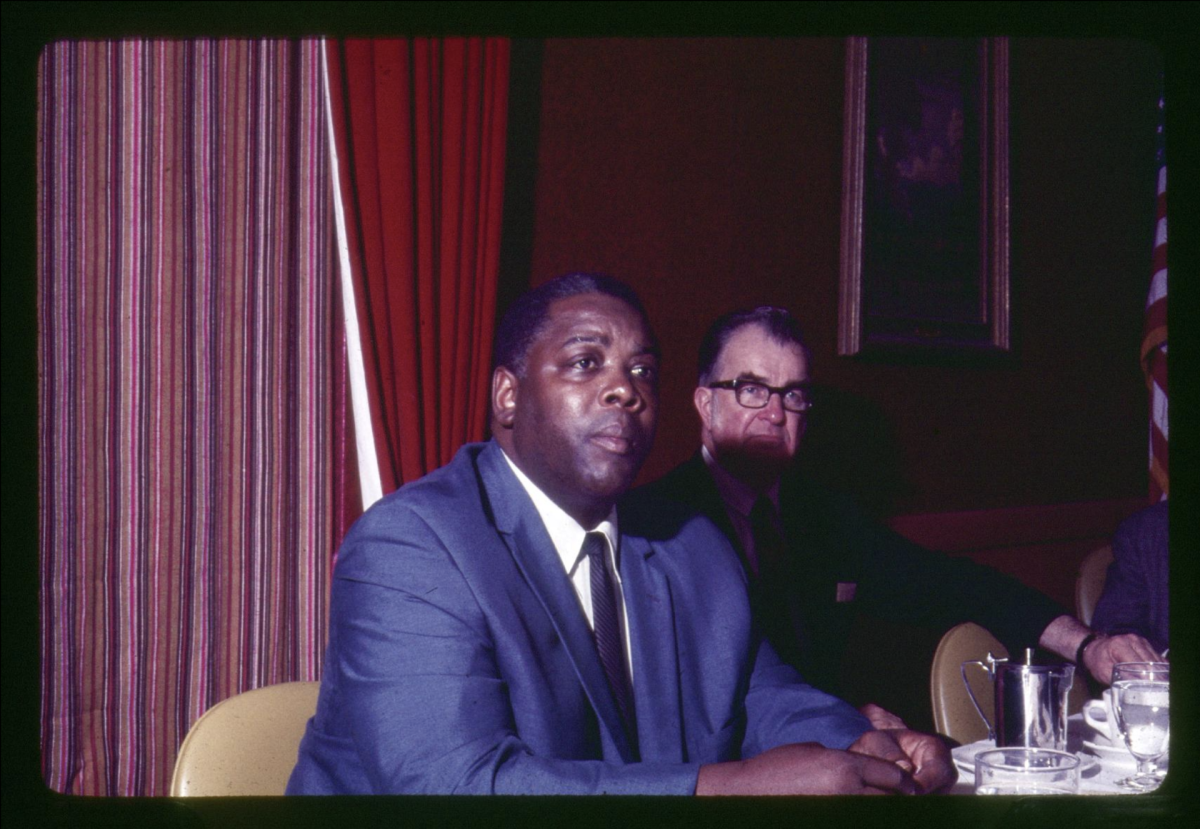Dear Barometer Editor,
How would Oregon State University fans feel about the loss of their real-life Benny and Bernice in Oregon?
In my Global Change Biology course, I was tasked with compiling all the information I had learned and finding a way to share it with my community. I want to share what I have learned and suggest actions for OSU students to take to adapt and mitigate climate change.
Drivers of climate change include harmful land use, land that once was filled with forests, wetlands, and other natural areas has been turned into agricultural land, houses and other buildings. Some of this land is key to a healthy ecosystem. If this continuously happens, it will have an impact on the climate because of the loss of oxygen producers. This is relevant in Oregon as 48% of Oregon is covered with forested areas.
Every organism has limitations in what conditions it can survive. Climate change has impacts on these organisms as temperatures change and habitats change. If organisms cannot survive where they are currently living they have to adapt, move or die.
One example of this, very close to home for us Beavers, is how the American beaver has been threatened by climate change and humans. In the past beavers were on the brink of extinction from being hunted for their pelts. Since then, the beaver population has returned to a healthy number across the United States, but they are now facing a new threat.
Human expansion into rural areas and climate change causes habitat loss for beavers. Deforestation is a current threat to beavers in Oregon. The Oregon Wild reported on how 500,000 acres of forests have been lost to deforestation since 2000. Climate change may be a key reason that beavers are moving North.
Reports from Alaska show that the beaver population has doubled in the last 20 years. This is likely because climate change is warming the Alaska climate making it possible for Beavers to live there and the previous habitat is now too warm for beavers.
OSU students can help adapt to climate change by realizing the threat climate change is and working towards or supporting actions that are solutions to this problem. Students can help mitigate climate change by working to reduce their emissions by using high-efficiency light bulbs, efficient temperature control and reducing car use.
Students should want to take action to reduce their impact on the climate to help Benny, Bernice and all their beaver friends.
Sincerely, Elise Foot Puchalski




















































































![Newspaper clipping from February 25, 1970 in the Daily Barometer showing an article written by Bob Allen, past Barometer Editor. This article was written to spotlight both the student body’s lack of participation with student government at the time in conjunction with their class representatives response. [It’s important to note ASOSU was not structured identically to today’s standards, likely having a president on behalf of each class work together as one entity as opposed to one president representing all classes.]](https://dailybaro.orangemedianetwork.com/wp-content/uploads/2025/03/Screenshot-2025-03-12-1.00.42-PM-e1741811160853.png)






















